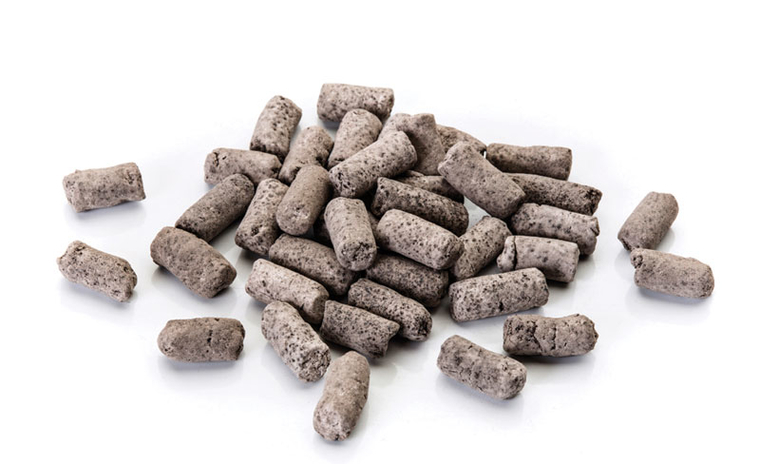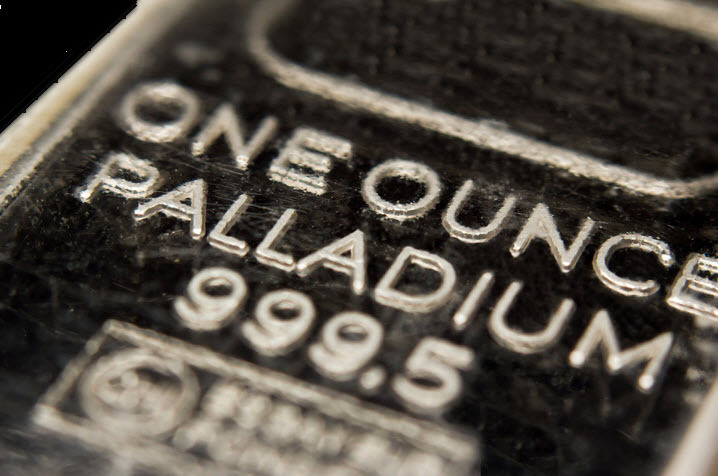While automakers could throw a wrench in palladium's use by switching to platinum, which has many of the same characteristics, it's not an easy change. About 80 percent of palladium ends up in the exhaust systems of cars, where it helps turn pollutants into less-harmful carbon dioxide and water vapor. (bloomberg.com)
Its primary purpose is far less glamorous: More than 80 percent of the world's palladium is used in the catalytic converters that help vehicles manage their pollutant output.
Its price has surged more than 50 percent in the past four months. Palladium hit a record high on Wednesday before settling in at $1,255.12 an ounce at the market close in London on Thursday, according to data from SP Angel, an investment research firm.

Demand for the metal for catalysts will reach a record high of 8.5 million ounces this year, according to the consulting firm Metals Focus. (nytimes.com)
With palladium prices up 83 percent since mid-August, recyclers are gaining an edge at a time when some producers are forecasting a deficit of about 1 million ounces for the year.
Recyclers can recover about 90 percent of the metal from catalytic converters in junked cars for a fraction of the cost of mining it.
In the first 10 months of 2018, 3.2 million ounces were returned to the market, up 11 percent from the year earlier. (bloomberg.com)

The metal's mined primarily in Russia and South Africa, and mostly extracted as a secondary product to other metals, such as platinum or nickel. While palladium demand and pricing rise, the diesel car sector's struggles have tempered demand for platinum, Becky Berube of United Catalyst Corp. writes. Looking back is always easier than looking forward. Last year was a good year for auto catalyst recycling, and for 2019 the outlook remains positive. The strong demand for automotive catalysts, increased vehicle recycling and a short supply continues to push the palladium price higher. Lower demand caused by the decrease of diesel vehicle sales in Europe, combined with an increase of secondary supply from recycling, continues to hold the platinum price down. Stricter emission standards will increase rhodium loadings, but that metal will still be in surplus. (recyclingtoday.com)